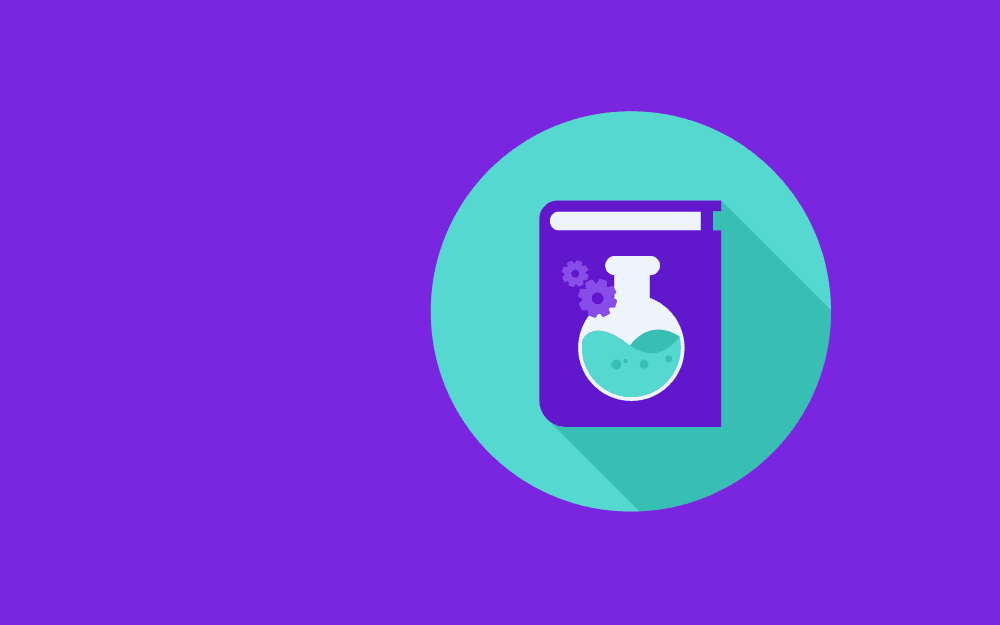

A team is defined as task-dependent people who share responsibility for a particular goal and see themselves and others as intact social units embedded in at least one larger social structure (e.g., a professional unit or company), and manage their relationships across the association.
Although teams meet all the characteristics of a group (an arrangement in which more than two people work together for a given period), teams involve the division of expertise in a setting that includes rewards or disciplines that are shared by all employees. The teams blend different skills that help in achieving goals that people cannot achieve working alone.
Teams are found everywhere in the clinical laboratory. Various advantages can be gained by working in a team. These advantages include:
In modern economies, teams are generally considered an essential factor in organizational success because they have to respond quickly to customer needs. However, dysfunctional groups and teams can harm assigned employees’ performance, retention, and trust. Such dysfunctions include infighting among team members, social distractions, conflicting goals designed to satisfy individual team members rather than the clinical laboratory, and poor communication. This article will first explore what is involved in building a viable team by distinguishing between work units and teams, analyzing team processes, understanding how effective organizations are made with teams, and discussing how to select good team members, motivate the team, and demonstrate effective team leadership.
The key difference between a “team” and a “group” can be seen from the perspective of synergy. A group is defined as “a collaboration that shares information and makes decisions to help each member fulfill his or her role.” Therefore, the group does not require a joint effort. The outcome of the group is the sum of the contribution of each group member. However, in a team, the team members make coordinated efforts that generate positive synergy. In addition, the team’s performance is greater than the sum of each individual’s input.
In a workgroup, members’ skills may or may not complement each other, individuals share data, have negative or neutral synergy, and accountability is placed at the individual level. On the other hand, a team works with collaborated effort, the synergy between individuals should be positive, and accountability should be individual as well as shared. Thus, members’ skills are complementary, and team members help each other to achieve team goals.
Teams can be categorized in different ways. Teams can be full-time or part-time, depending on how members use their time. Teams can also be temporary or permanent. Teams can be categorized by:
Teams are also classified into problem-solving, self-managed, and cross-functional teams.
Teams can also be categorized based on their autonomy:
The group process model suggests that group effectiveness equals the sum of individual potential plus process gain minus process loss. Group processes include the communication patterns used by the team members to exchange ideas and information, the processes and cycles they use to set standards and make decisions, the interaction with the leader and the leader’s behavior, the team’s power dynamics, and the way teams resolve conflict.
Process loss includes time spent in team meetings, extra time needed to make decisions in groups, administrative functions performed when employees work in teams, and production loss associated with social loafing. Process gains are known as synergy. For example, in a task requiring a diverse set of skills, such as in a laboratory, the quality of the product tends to be greater if a team performs the task than if an individual works alone.
The group process model is based on the idea that for a team to work, process gains must exceed process loss in the long run. For example, weekly team meetings that last more than an hour takes time away from the teams performing their respective production duties, representing process loss. However, during this one hour, the team finds ways to be more productive. Therefore, the process loss of the team meeting is offset by the process gains from implementing decisions made at the meeting, which enhances productivity.
Awareness about the time spent in team meetings poses questions like, “Are these meetings necessary and useful?” and “What would happen if the weekly meetings were skipped?” The answer to the last question is if a meeting was skipped for a few weeks, the support workload for that week would increase by about 2.5% (percentage increase from 39 hours to 40 hours). However, suppose meetings are held infrequently, then decisions to solve problems would not be made, fewer ideas will be presented, and ideas will not be refined during the meetings, thus decreasing productivity. In addition, conflicts may spread and increase. Therefore, these meetings are seen as a mechanism to correct past problems and as an investment on time for future productivity. This means that while the time spent in meetings is viewed as process loss, the consequences of the meetings will be assessed for their benefits and be process gains.
It is also important to note that team meetings by themselves do not guarantee net process gains. There are different tools and strategies to conduct productive meetings. Some general guidelines include:
To keep the team effective, team members sometimes have to put team goals first. Anything that diminishes the importance or value of the team should therefore be avoided wherever possible, whether it seems insignificant or not.
